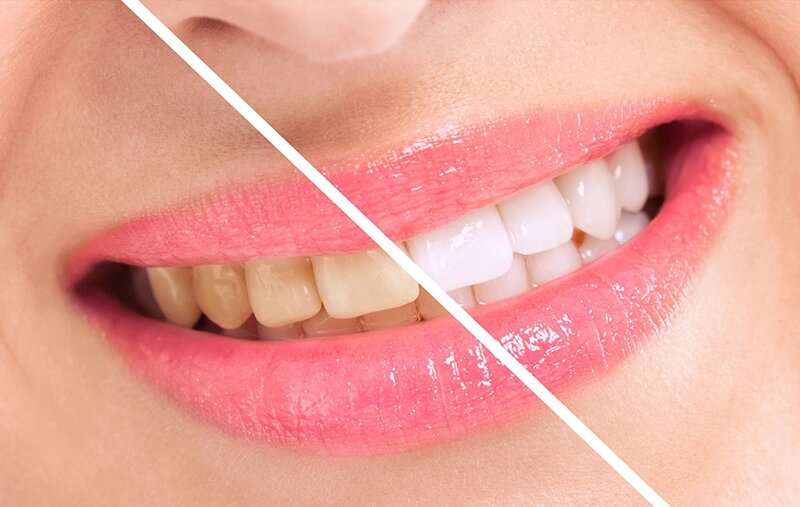Deep Cleaning helps to solve the bad breath problem.
What is Deep Cleaning?
Many people come to my office saying “I need a deep cleaning” but most people don’t understand what this really means. Here is a brief description of the diseases of the gums and bone in your mouth and ways to prevent them.
As mentioned above, gingivitis is easily treated with a professional cleaning and better home care of the patients. However, if you already have some pockets around your teeth, you will need a deep cleaning (root planning). This involves scraping the diseased tooth structure and bacteria from the root surfaces under the gums to help decrease the pockets around your teeth.
What is Gingivitis
When plaque is left around the teeth, it creates the right condition for bacteria to grow. These bacteria can irritate the gums and create gingivitis (inflammation of the gums). This makes the gums red and more likely to bleed easily. Gingivitis can easily be treated by a professional cleaning and polishing. Sometimes, I will recommend a medicated mouthwash and we will review how to brush and floss more effectively.
If gingivitis is left untreated, the inflammation will work its way down the tooth and form a “pocket”. This pocket is created because the bacterial are actually causing you to loose the bone around your teeth. We can measure the amount of bone loss around each tooth by doing Periodontal Pocket Measurements. Once these pockets have formed, it is much more difficult to clean the bacteria and you will need a scaling or deep cleaning of the pockets to get them clean. At this stage, gingivitis (inflammation of the gums) becomes periodontal disease (disease of the bone and supporting structures).
What is Periodontal Disease?
Periodontal Disease is a silent disease and can slowly erode the bone and supporting structures of the mouth without any noticeable signs to the patient. If you wait too long, the teeth will actually become loose and by then, it is usually too late to reverse the process.
Does Periodontal Disease hurt?
Depending on the depth of the pockets and the severity of the periodontal disease, I sometimes numb the area around the teeth I will be working on. This allows me to better clean the area and also keep you more comfortable. After the deep cleaning, I usually irrigate the pockets with and antimicrobial rinse to help flush out all the bacteria and tartar.
Deep cleaning is not something you want to do on a regular basis. That is why in our office we like to do 3-4 month follow-up cleanings after your deep cleaning. At each of these visits, we will redo the measurements of your pockets and make sure the disease is not getting worse. Typically, we do these 3-4 month cleanings for the first year after your deep cleaning. Once we have established that the disease is no longer progressing, we will put you back on a 6 month recall.





